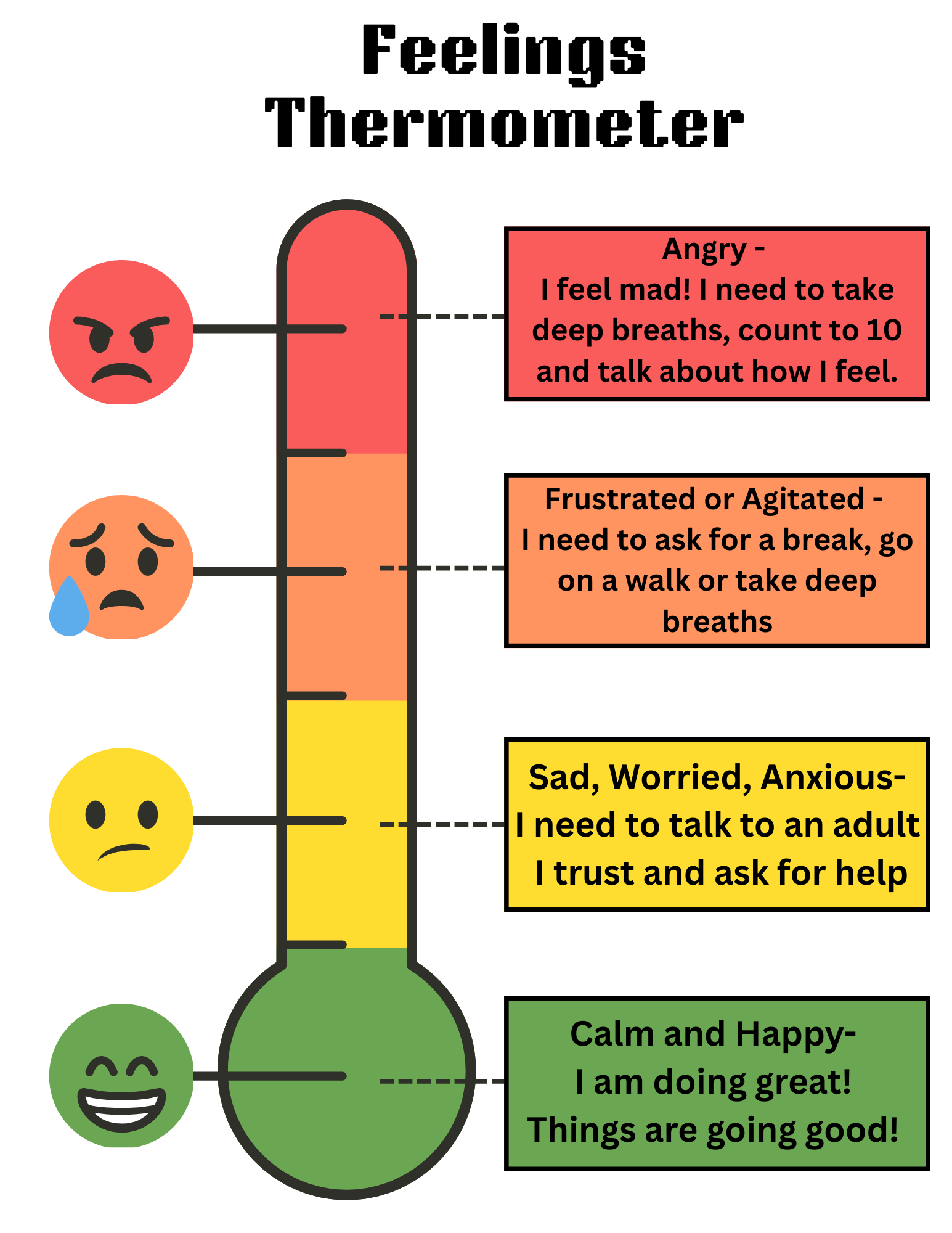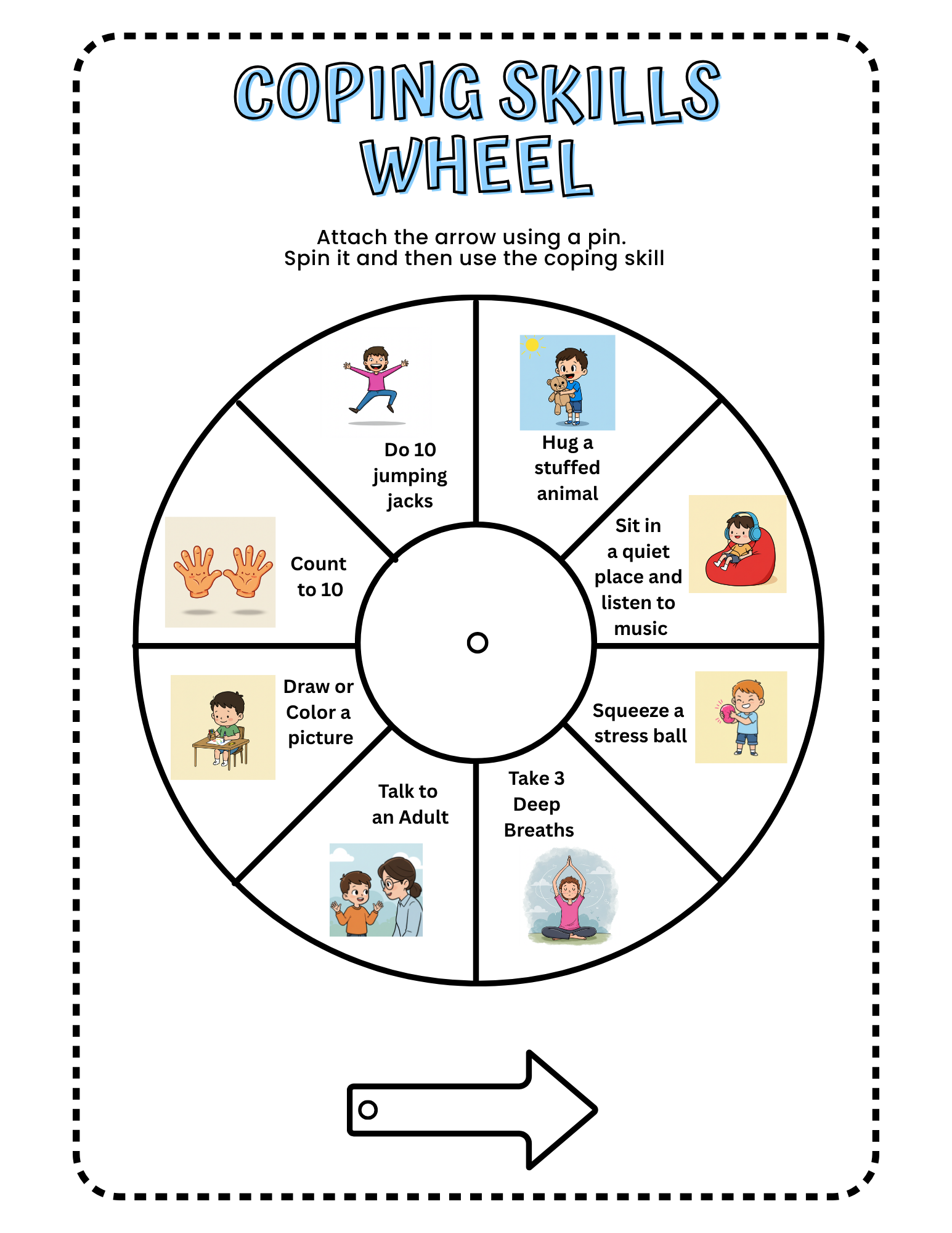Effective Anger Management Techniques for Children:
A Practical Guide for Parents and Caregivers

Dealing with a child’s anger can be one of the most challenging aspects of parenting. Whether it’s sudden outbursts, ongoing defiance, or aggressive behaviors, parents often find themselves feeling frustrated and unsure of what to do next. Fortunately, there are several evidence-based anger management techniques for children that can help prevent and reduce these episodes. These strategies are particularly helpful not only for neurotypical children but also for those with developmental disabilities, ADHD, Oppositional Defiant Disorder (ODD), or autism spectrum disorder.
This comprehensive guide will explore proven anger management techniques for children, focusing on prevention, intervention, and consistent practice to promote long-term behavioral change.
Why Children Experience Anger
Children often lack the emotional vocabulary and coping skills to express frustration or disappointment in appropriate ways. This leads to emotional outbursts, temper tantrums, or even physical aggression. For children with special needs, such as autism, limited communication skills or sensory issues may exacerbate these behaviors.
Understanding the underlying causes of anger—such as fatigue, hunger, overstimulation, or frustration—is the first step in effectively implementing anger management techniques for children.
Prevention: The First Step in Anger Management Techniques for Children
One of the most effective ways to manage anger is to prevent it from escalating in the first place. Prevention includes:
1. Identifying Triggers
Begin by observing and identifying common triggers that lead to angry behavior. These could be:
- Changes in routine
- Sensory overload (loud noises, bright lights)
- Denial of a preferred activity or object
- Confusing social situations
- Unmet physical needs (hunger, tiredness)
2. Modifying the Environment
Reduce exposure to known triggers whenever possible. For example, if your child becomes agitated in crowded environments, try scheduling outings during less busy times. Create a calm, predictable home environment that supports emotional regulation.
3. Building Emotional Awareness
Help your child identify and name their feelings. Use tools like emotion charts or books that explore emotions. Teach phrases like “I feel frustrated” or “I’m upset because…” to build emotional vocabulary.
Intervention: Teaching Coping Skills and Responses
Once you understand your child’s triggers, the next step is to introduce effective anger management techniques for children. These should be practiced daily and reinforced with consistency to help your child build emotional regulation over time.
1. Calm-Down Strategies with Music
Listening to calming music can be a powerful tool in de-escalating anger. Choose soothing, instrumental music that your child associates with relaxation. Use this strategy proactively by practicing calm-down routines when your child is already in a good mood.
How to Implement:
- Dim the lights and eliminate distractions.
- Have your child sit or lie down in a comfortable space.
- Play calming music and encourage deep breathing.
- Praise your child for participating (“Good job relaxing!”).
2. Daily Relaxation Practice
Dedicate 10–15 minutes daily to practice relaxation strategies. This might include:
- Deep breathing exercises
- Guided meditation for kids
- Gentle stretching or yoga poses
- Using a squeeze or stress ball
Make relaxation a regular routine, similar to brushing teeth. The more your child practices while calm, the more likely they’ll use these techniques when upset.
3. Role Playing and Rehearsal
Role-playing is an effective way to prepare children for real-life scenarios. Use dolls, action figures, or simple skits to act out situations that typically trigger anger. Practice appropriate responses such as:
- Asking for help
- Walking away
- Taking deep breaths
- Using calming words
4. Using a Coping Skills Chart
Visual supports are incredibly helpful tools when teaching anger management techniques for children. A coping skills chart provides your child with clear, visual reminders of the options available when they start to feel upset. Two helpful additions to a coping toolkit include the coping skills wheel and the feelings thermometer.
The coping skills wheel is a circular visual with sections showing different coping options such as:
- Deep breathing
- Listening to music
- Squeezing a stress ball or hugging a stuffed animal
- Counting to 10
- Going to a quiet space
- Drawing or coloring
Children can spin or point to a section on the wheel when they feel upset to choose a coping skill. This gives them autonomy while encouraging emotional regulation.

The feelings thermometer helps children recognize how intense their emotions are by using a color-coded scale (e.g., green = calm, yellow = frustrated, red = very angry). Next to each level, add a list of coping strategies that match the emotion’s intensity. For example:
- Green (calm) – Maintain normal routines
- Yellow (getting anxious or sad) – Talk to an adult and ask for help
- Orange (frustrated or agitated beginning to escalate) take a short break, take deep breaths
- Red (angry) – Take deep breaths, count to 10, listen to music, communicate frustrations
This tool helps children better understand the connection between emotions and actions and guides them toward positive behaviors.
Tip: Place the coping skills chart and thermometer in easy-to-see places like the refrigerator, a child’s bedroom, or a classroom wall.
A feelings chart is a visual tool with labeled pictures of emotions (like happy, sad, angry, and frustrated) that helps children identify how they’re feeling. By pointing to the emotion that matches their current mood, children learn to label emotions instead of acting them out. Once the feeling is identified, they can be guided to use an appropriate coping strategy from the coping skills chart or wheel. This promotes emotional awareness and supports better self-regulation, especially for children who struggle to verbalize how they feel.
5. Using Animated Social Stories
Another highly effective tool for teaching anger management techniques for children is the use of animated social stories with video modeling. These multimedia tools visually and audibly demonstrate how to use coping strategies in realistic, relatable scenarios.What Are Animated Social Stories?
Animated social stories use short videos with illustrated or cartoon characters who walk through common challenges a child may face—like being told "no," losing a game, or being asked to stop playing. The story then demonstrates appropriate coping strategies like:
Why They Work
- Taking deep breaths
- Asking for help
- Saying, “I need a break”
- Using calming tools (e.g., a fidget, music, or a quiet space)
- Visual Learning: Many children, especially those with autism or learning differences, are visual learners. Animated social stories give them a clear visual model of what to do.
- Engagement: The animation and familiar storylines keep children interested and help with retention.
- Repetition: Videos can be replayed multiple times, helping children learn by repetition and increasing the chance they’ll generalize the skills in real situations.
Tip: Use animated social stories during calm times, not just after outbursts. You can also create custom stories with your child as the main character using apps or online tools to personalize the experience. Below are a few animated videos perfect for helping a child learn anger management techniques for children.
What to Do When Your Child is Angry
When your child begins to escalate into a meltdown or display aggressive behavior, it’s crucial to remain calm, consistent, and supportive. Your response in these moments can either help de-escalate the situation or unintentionally reinforce the anger. One of the most effective anger management techniques for children is guiding them to use their pre-taught coping strategies—and this is where a coping skills chart becomes especially helpful.
Step-by-Step Response:
-
Stay Calm and Neutral
Model the behavior you want to see. Keep your voice soft, your body relaxed, and avoid reacting emotionally to their outburst. - Say the Child's Name
Saying a child's name helps to orient them to the situation. - Get Them to Sit Down
Getting a child to sit down helps their heart rate to decrease and encourages the body's emotional response to assist in calming down. It also makes it more difficult for a child to run aggressively towards a person if they are sitting. If they want to talk to you about what they want or why they are upset, let them know you can talk as soon as they are sitting or say something simple like, "First sit down, then we can talk" -
Acknowledge the Emotion
Say something like, “It looks like you’re feeling really angry right now.” “You seem frustrated. That’s okay—we all feel that way sometimes.” -
Prompt the Use of the Coping Skills Chart
Guide your child to their coping skills chart, wheel, or corner and help them choose a calming strategy: “Let’s look at your chart—what can help you feel better right now?” “Do you want to try taking deep breaths or listen to your calming music?” “You can pick something from the chart to help calm down.” If your child uses a feelings chart alongside the coping chart, first ask them to identify how they feel, then match it with an appropriate strategy. -
Offer a Calm-Down Space or Tool
If the situation continues to escalate, guide your child to a designated calm-down space or hand them a calming item such as a stress ball, fidget toy, or headphones with relaxing music. “Let’s take a break in the quiet corner and come back when you feel ready.” “Here’s your squeeze ball—try using it while you take some deep breaths.” -
Wait It Out Without Pressure
Understand that calming down takes time—up to 20–30 minutes for elevated emotions to subside. Give your child space while still being present and supportive. Avoid trying to talk through the problem until they’ve calmed down. -
Reinforce Positive Choices
Once your child begins to calm down, offer praise for using the chart or strategies: “You did a great job choosing deep breaths instead of yelling.” “I’m proud of you for using your chart to help calm down.” -
Discuss and Reflect Later
After the child is calm, gently revisit the situation: “What made you feel upset earlier?” “Next time, what could you do first when you start to feel that way?”
Use this opportunity to reinforce the value of using coping tools and self-regulation.
Anger Management for Toddlers and Preschoolers
Younger children, especially toddlers and preschoolers, naturally struggle with emotional regulation. For this age group, modify anger management techniques in developmentally appropriate ways.
Example Strategy:
Replace traditional time-outs with “calm-down time.” If your child begins crying or yelling, say something like, “Let’s sit quietly and count to 20.” Repeat calm prompts like “Quiet mouth” or “Sit down” at short intervals. Once the child calms, begin counting slowly. If they start crying again, pause and restart the process when quiet returns.
This teaches young children how to calm themselves instead of suppressing emotions through punishment.
Reinforcement and Praise
Positive reinforcement plays a critical role in encouraging the use of anger management techniques for children. Always acknowledge and praise your child's behavior when they choose a calm response instead of acting out. Statements like:
- “I’m proud of you for taking a break.”
- “You did a great job using your music to calm down.”
- “Thank you for telling me you were getting upset.”
...go a long way in reinforcing healthy emotional habits.
Important Reminders for Parents and Caregivers
- Be Consistent: Practice anger management techniques daily—not just when your child is upset.
- Allow Cool-Down Time: It can take up to 30 minutes for the body’s stress response to settle. Don’t rush problem-solving.
- Stay Firm on Limits: If your child becomes aggressive after being told “no,” do not reverse the decision to avoid a meltdown. This teaches that aggression gets results and undermines your progress.
- Model Emotional Regulation: Children learn best by example. Show them how you manage stress and frustration in healthy ways.
Final Thoughts
Anger is a natural emotion, but it doesn’t have to lead to destructive behavior. With patience, consistency, and the right tools, children can learn to recognize their emotions and respond in more constructive ways. These anger management techniques for children not only help manage outbursts but also teach lifelong skills for emotional resilience.
By investing the time to teach, practice, and reinforce these techniques, you're helping your child develop a healthier relationship with their emotions—and making daily life a whole lot more peaceful for the entire family.
If you haven't already, be sure to check out my ebooks, now on Amazon!



